
What's it like to live underwater?
Aquarius is currently the only working undersea laboratory in the world. It's located just off the Florida Keys and is about the size of a school bus. There are enough bunk beds, three stacked on each side, for six aquanauts to stay at one time.
Aquarius is currently the only working undersea laboratory in the world. It's located just off the Florida Keys and is about the size of a school bus. There are enough bunk beds, three stacked on each side, for six aquanauts to stay at one time.
The Magnificent Exterior
Let's begin with the exterior of Aquarius, which has become a living coral artificial reef. Aquarius is located in a marine sanctuary and run by Florida International University (FIU). I never tire of living among the beautiful vibrant colors here. Take a look at this video to find out what makes living undersea so important for ocean research. FIU describes the lab this way:
| Aquarius is a "global asset providing an unparalleled means" to study the ocean enabling "an ideal combination of research, education and outreach that is both vital and timely given the state of our global ecosystem and societal needs." |
Just Another Day at the (Ocean) "Office"
We can spend entire days working outside the habitat in the ocean at this depth because we are fully saturated. For example, the other day, Liz spent six hours consecutively in the water while I operated equipment from inside the habitat. Having unrestricted time in the ocean is a huge advantage for conducting research and collecting data. We can accomplish six months or even years worth of data collection in just 31 days on this mission without the time constraints required by surface dives to this depth.
Being saturated, however, also means that we can no longer just swim to the surface. In a few days, we'll need to decompress for 18 hours before returning topside. Fellow aquanaut Adam explained his decompression experience from the first half of the mission, and here's a video from the mid-mission switch describing what's involved in decompression that's necessary before we return to the surface.
Being saturated, however, also means that we can no longer just swim to the surface. In a few days, we'll need to decompress for 18 hours before returning topside. Fellow aquanaut Adam explained his decompression experience from the first half of the mission, and here's a video from the mid-mission switch describing what's involved in decompression that's necessary before we return to the surface.
Amazing Views (every minute) from the Viewport
What's the view like living undersea? All sorts of beautiful sea creatures come right up to our kitchen table "window" (technically called a viewport in the Aquarius lab) to to investigate us aliens below. I can sit and stare at them for hours. There are fish, plankton, eagle rays, squid, divers, and a host of other creatures swimming by.
Here are some views from the viewport. The views change every moment, but are always magnificent. Can you imagine this view out your window everyday/hour?
Here are some views from the viewport. The views change every moment, but are always magnificent. Can you imagine this view out your window everyday/hour?
The Life-Sustaining Mechanics of Aquarius
As an engineer, the mechanics inside Aquarius also fascinate me, but more on this later.
Working undersea with the Mission 31 team has been amazing. It's surprisingly comfortable down here. We are connected to the Internet due to the many Skype-in-the-Classroom lessons and other ocean outreach events that we conduct daily, and we also have many short-term (no more than an hour at this depth) visitors. Frankly, I could imagine having an undersea vacation home someday, though I'm not sure how feasible that would be. It has taken 24 people topside to maintain Aquarius for this mission. I'll post part two of living underwater with some science questions answered soon.
Three more days and so much research and exploring still left to do undersea!
Take a look at A Few Snapshots from Yesterday in Aquarius, my previous post.
Take a look at A Few Snapshots from Yesterday in Aquarius, my previous post.
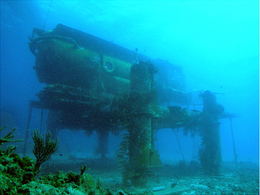
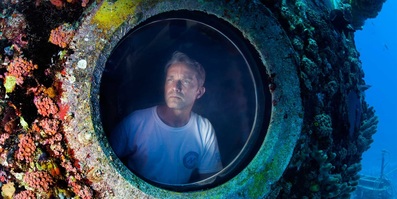
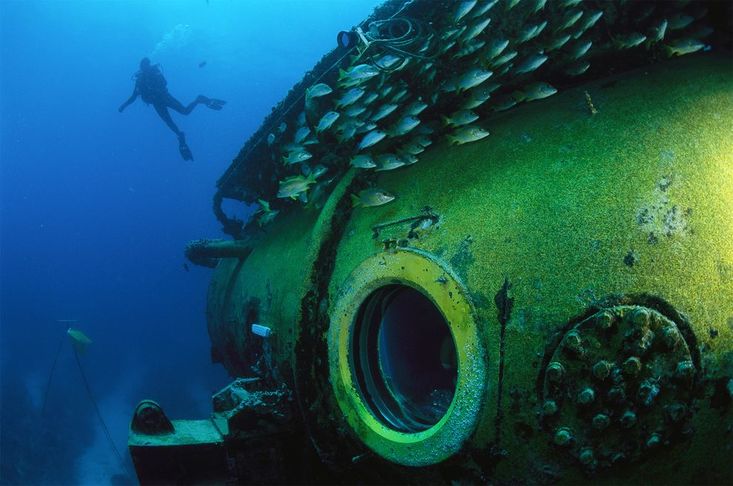

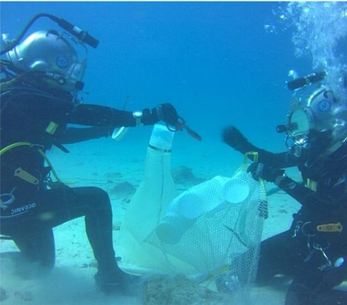
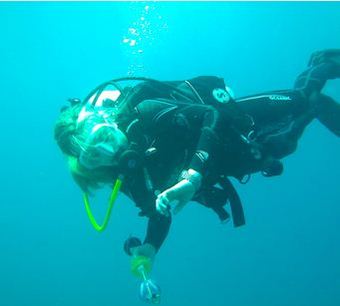
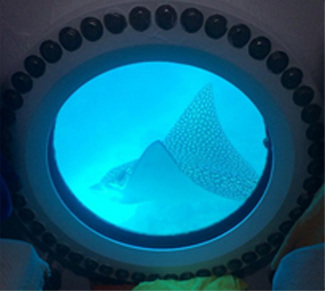
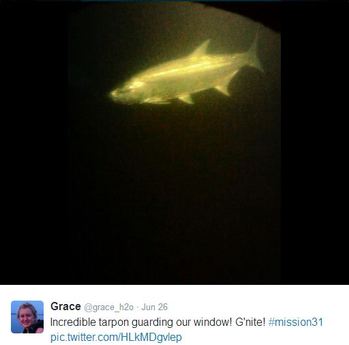
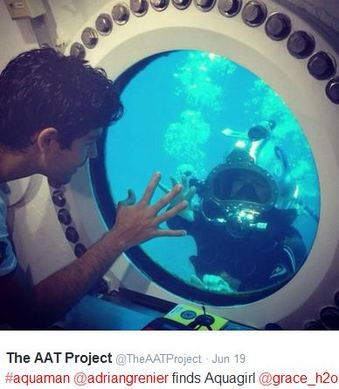
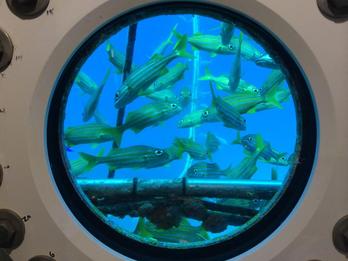
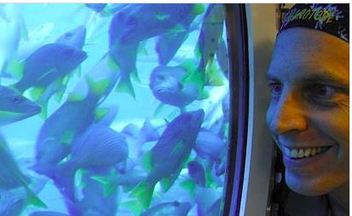
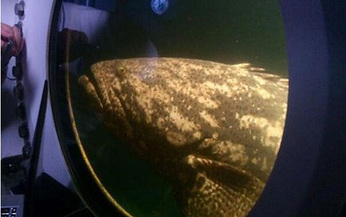
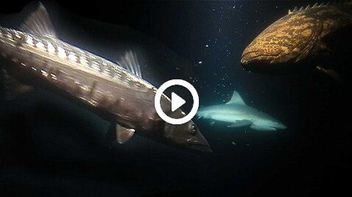
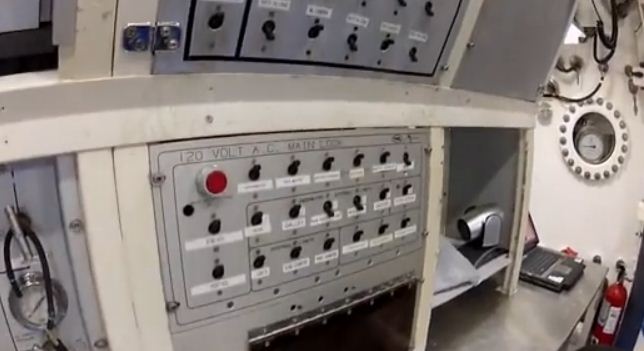
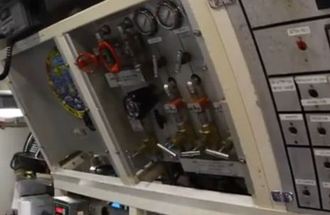
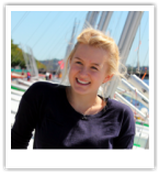
 RSS Feed
RSS Feed
